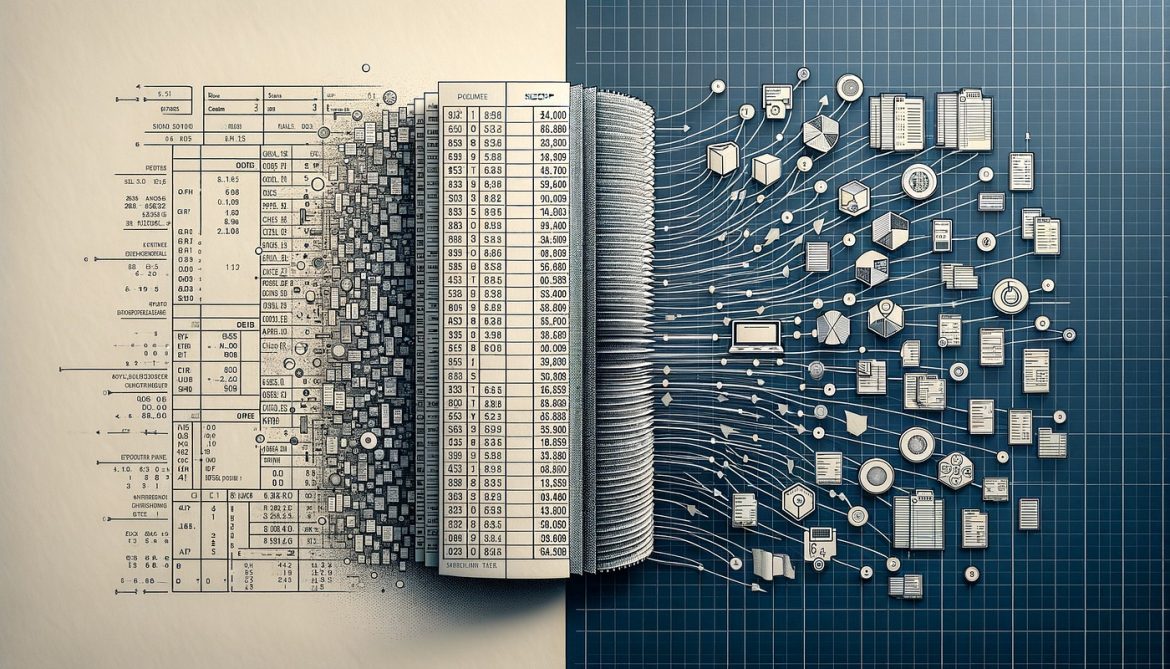In the digital age, extracting text from images has become increasingly important for various applications, from document digitization to image-based search engines. Optical Character Recognition (OCR) technology plays a vital role in this process, allowing computers to recognize and extract text from images with ever-increasing accuracy. In this article, we will explore the latest advancements in OCR technology and how they are enhancing text extraction from images.
Understanding Optical Character Recognition (OCR)
The Basics of OCR
Optical Character Recognition (OCR) is a technology that enables the conversion of different types of documents, such as scanned paper documents, PDF files, or images captured by a digital camera, into editable and searchable data. OCR algorithms analyze the pixel patterns in an image to recognize and interpret characters, numbers, and symbols, converting them into machine-readable text.
Key Components of OCR Systems
OCR systems typically consist of several key components, including:
- Preprocessing: The image is preprocessed to enhance the quality of text extraction, which may involve tasks such as noise reduction, binarization, and skew correction.
- Segmentation: The image is divided into individual characters, words, or lines to isolate the text from the background and other elements.
- Feature Extraction: Features such as shape, size, and stroke width are extracted from the segmented text to distinguish between different characters.
- Recognition: Based on the extracted features, the OCR engine identifies and recognizes the characters, converting them into digital text.
Advancements in OCR Technology
Machine Learning and Neural Networks
Recent advancements in OCR technology have been driven by the adoption of machine learning techniques, particularly deep learning and neural networks. Convolutional Neural Networks (CNNs) and Recurrent Neural Networks (RNNs) have shown remarkable performance improvements in text recognition tasks, surpassing traditional OCR methods in accuracy and speed.
End-to-End OCR Systems
End-to-end OCR systems, which integrate feature extraction, segmentation, and recognition into a single neural network architecture, have gained popularity due to their simplicity and efficiency. These systems eliminate the need for handcrafted features and separate processing steps, leading to faster and more accurate text extraction from images.
Attention Mechanisms
Attention mechanisms, inspired by human visual attention, have been successfully applied to OCR tasks to improve the recognition of long texts or documents with complex layouts. By dynamically focusing on relevant parts of the image during the recognition process, attention-based OCR models achieve higher accuracy, especially in scenarios with variable text sizes and orientations.
Applications of Enhanced OCR Technology
Document Digitization and Archiving
Enhanced OCR technology enables faster and more accurate document digitization, allowing organizations to convert paper-based documents into searchable and editable digital formats. This facilitates efficient document management, retrieval, and archiving, leading to improved productivity and cost savings.
Image-Based Information Retrieval
OCR-powered image search engines enable users to search for information within images using keywords or phrases. By extracting text from images and indexing it for search, these systems provide a convenient way to access relevant content from a vast collection of images, such as scanned documents, photographs, and screenshots.
Conclusion
Advancements in OCR technology have revolutionized the process of text extraction from images, enabling faster, more accurate, and more versatile solutions for various applications. From document digitization to image-based search engines, enhanced OCR technology plays a crucial role in unlocking the value of visual data in the digital age. As OCR continues to evolve with the integration of machine learning and neural networks, we can expect further improvements in text recognition capabilities and expanded possibilities for image-based information processing.

